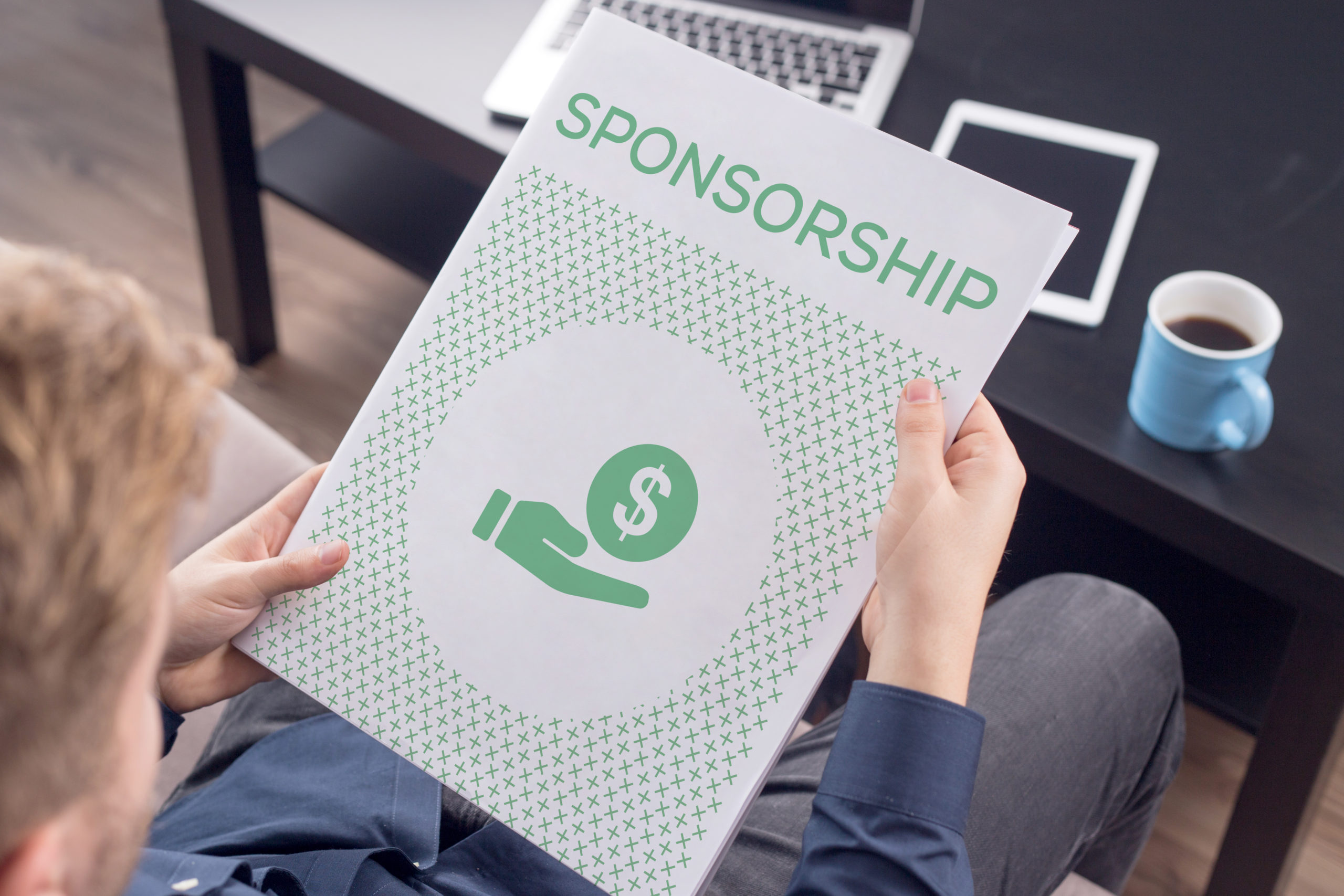Landing a corporate sponsorship is an accomplishment, especially in today’s economy. If you do get lucky, you’ll want to prevent unrelated business income tax (UBIT) from cutting into your new income. If you meet the requirements for a qualified sponsorship payment exception, you should be in good shape.
What are the exceptions?
Generally, “qualified sponsorship payments” received by a nonprofit are exceptions to what’s considered unrelated (trade or) business income (UBI). A qualified sponsorship payment is a payment of money, transfer of property or performance of services with no expectation that the sponsor will receive any “substantial return benefit.” Benefits returned to the sponsor may include advertising; goods, facilities, services or other privileges; rights to use an intangible asset such as a trademark, logo or designation; or an exclusive provider arrangement.
To be considered “substantial” by the IRS, the aggregate fair market value (FMV) of all benefits given to the sponsor during the year must exceed 2% of the sponsor’s payment to the nonprofit. If the total benefit exceeds 2% of the payment, the entire FMV of the benefits (not just the excess amount) is a substantial return benefit.
What does “use” or “acknowledgment” mean?
The regulations specify for purposes of the exception that a nonprofit’s “use or acknowledgment” of a sponsor’s name, logo or product lines associated with the sponsored event won’t constitute a substantial return benefit to the sponsor. Your organization’s use or acknowledgment (as opposed to promotion, marketing or endorsement) can include:
- The display of the sponsor’s brand or trade names and product or service listings, as well as a listing of the sponsor’s locations, telephone numbers or website address,
- Logos and slogans that contain no qualitative or comparative descriptions of the sponsor’s products, services, facilities or company such as “the best car insurance money can buy,” and
- Display or distribution of the product itself, free or for remuneration (at the sponsored event), if there’s no agreement to provide the sponsor’s product exclusively.
Also keep in mind that payments made in connection with a trade show or convention aren’t qualified sponsorship payments, nor are contingent payments. If a sponsor’s payment is dependent on event attendance, broadcast ratings or other measures of public exposure to the sponsored activity, the payment falls outside the exception.
What’s a “substantial return benefit?”
When a sponsorship comes with a substantial return benefit, only the part of the sponsor’s payment that exceeds the substantial return benefit is considered a qualified sponsorship payment. The remainder is UBI.
Consider, for instance, a nonprofit that receives $50,000 from a sponsor to help fund an event. The organization recognizes the support by using the sponsor’s name and logo in promotional materials. It also hosts a dinner for the sponsor’s executives, and the FMV of the dinner is $1,500, exceeding 2% of the sponsor’s payment.
The use of the sponsor’s name and logo constitutes permissible acknowledgment of the sponsorship, but the dinner is a substantial return benefit. As a result, only that portion of the sponsorship payment that exceeds the dinner’s FMV, or $48,500, is an exempt qualified sponsorship payment.
Avoid a liability
Value your corporate sponsorship. Hopefully, it’ll be one of many your organization secures going forward. But keep an eye on qualified sponsorship payment exceptions so that receiving such a payment doesn’t have a liability attached.




